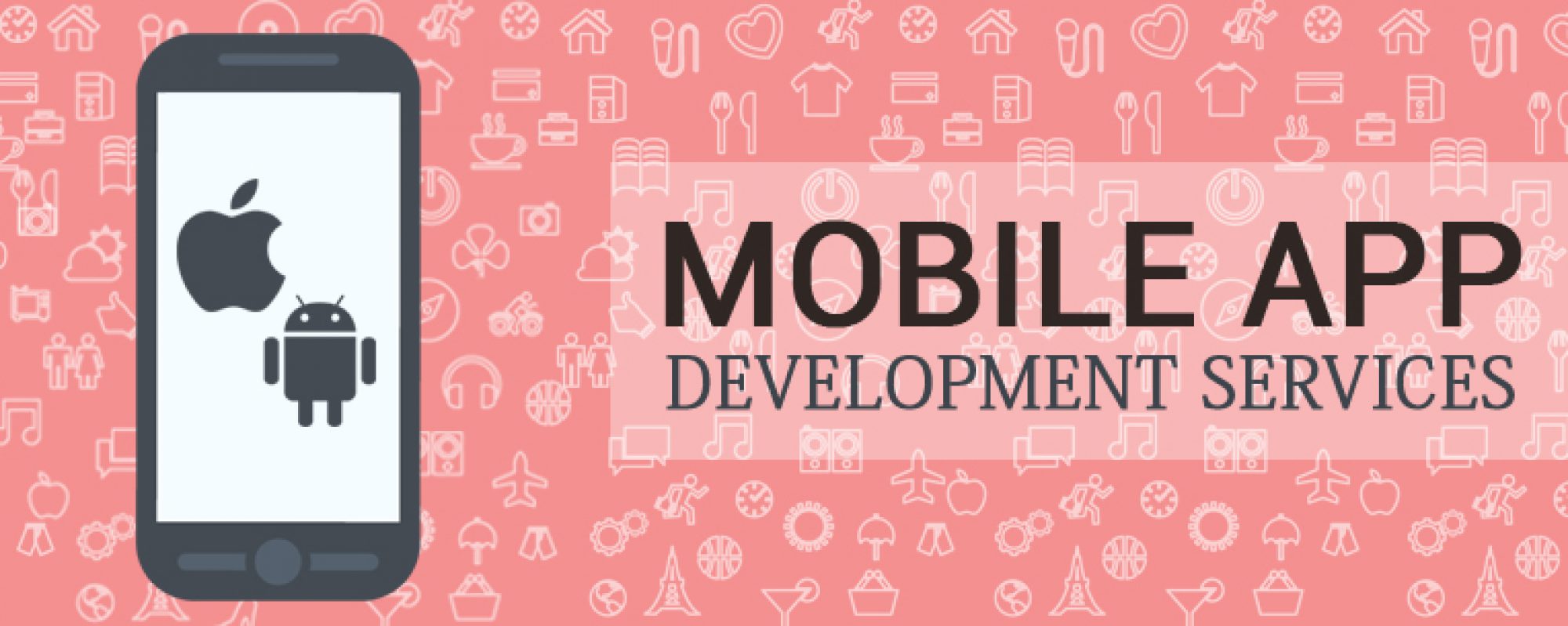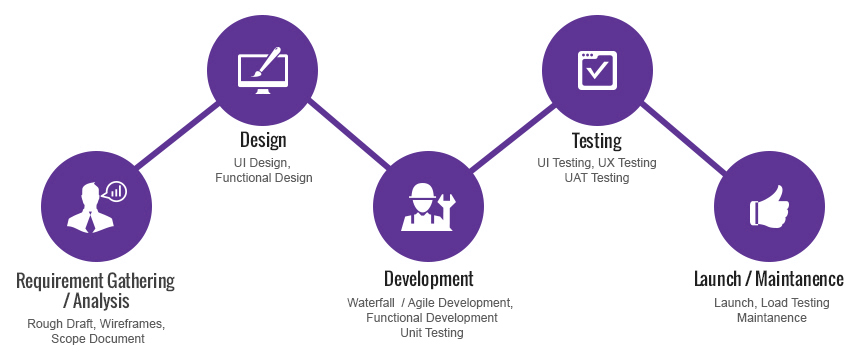In this cut-throat market competition, it has become essential for the businesses to expand their geographical reach and start pitching international customers. And the best way to go global is by developing a mobile application. To create the app, you first have to chalk out the development plan so that things could as planned.
In this article, you will read about few elements that will surely help you in developing an efficient app development strategy. Here are the five steps, that you must follow so that you can successfully accomplish your mobile app development project:
1. Define your goals: The first thing you need to do is to create achievable goals. You should jot down few things like what type of app you want to create, core features, will it be free or paid, app platform, budget and much more. You can take help of iPhone app developers who will assist you in chalking out the best goals for your app. By having clear goals in your mind you will be able to achieve your end results much faster.
2. Brainstorming and sketching: Once you are done with setting goals, it’s time that you start giving shape to your idea. It will be good if you draw some rough layouts which will help you explain the look and feel of your app. Make sure you have a clear idea about sort of effects, animations, linking etc you want to add in your app. These sketches and brainstorming sessions have proven to be essential for building a unique app for the users.
3. Market research: To stay ahead of your competitors you need to research well. In case you don’t have great research skills then you can hire a reliable iPhone app development company who will do this task on your behalf. Make sure you come up with an app which is based on the latest trends and can also adapt to the upcoming advancements. At present, there are over 3 million apps in App Store & Google Play, so to stand apart, you need to come up with something which is out of the box.
4. Understand your user-base: Having a good knowledge of the app’s user-base or potential customers come in handy while creating an app. You should do a thorough research about the actual users and also keep in mind their preferences. This information will not only help you enhance your users but will also assist you in formulating effective marketing strategies. By running targeted paid campaigns via social media or blog you can quickly pitch your customers and can promote your app in a better manner.
5. Come up with Wireframes: In simple words, wireframing is a process of creating mockups or prototypes for your app. The good news is software market is full of various free wireframe tools that help in these tasks. Balsamiq, Moqups and HotGloo are three most widely used tools for this process. Once you are wireframing your app, you can now use them as a roadmap to understand the connection between each screen & how to navigate through your app.
Conclusion
App development is a bit tough, but with the support of a reliable app developer and a well-structured development plan, you can create an excellent product for your users.


